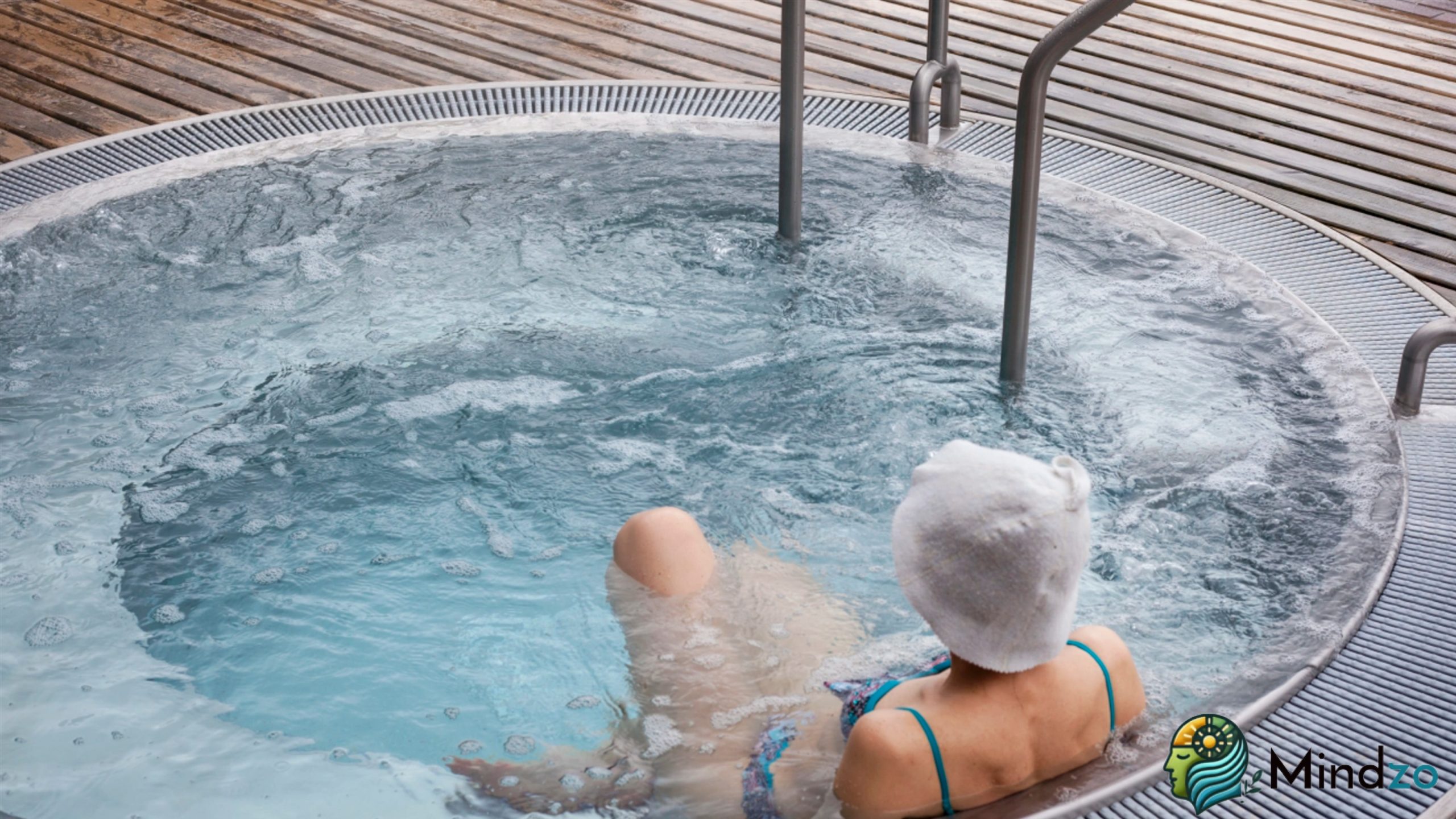Cold Water Therapy: How Ice Baths Impact Mental Wellness

Why Cold Water Is Making Waves in Mental Health
Cold water therapy might sound extreme, but it’s a practice that has been around for centuries. From Roman baths to Nordic winter swims, people have long believed in the power of cold water for both the body and mind. Recently, ice baths and cold plunges have become more popular-not just with athletes but with anyone seeking mental clarity, stress relief, or a natural boost in mood.
But can something as uncomfortable as an ice bath really improve mental health? Let’s take a closer look at what happens when we step into the cold.
What Is Cold Water Therapy?
Cold water therapy is the practice of exposing yourself to cold water for a period of time to support health and well-being. This can take many forms:
- Sitting in an ice bath for a few minutes
- Turning the shower dial to cold at the end of a wash
- Using a cold plunge tub
- Swimming in natural cold water like rivers, lakes, or the ocean
The idea is to go beyond a quick splash and give your body and mind time to adapt to the cold.
What Happens in the Body During Cold Exposure?
The moment you step into icy water, your body reacts instantly. Your breathing speeds up, your heart races, and your blood vessels tighten. This “cold shock” may feel overwhelming at first, but it triggers several positive effects:
- Adrenaline and alertness increase
- Dopamine and serotonin levels rise, lifting mood
- The nervous system gets a reset, leading to a calmer state afterward
In short, the body sees the cold as a challenge, and learning to manage that stress response builds resilience.
Mental Health Benefits of Cold Water Therapy
Stress Relief and Emotional Strength
Regular exposure to cold helps train the body and mind to handle stress. Over time, many people notice they react more calmly to challenges in everyday life.
A Natural Mood Boost
Ice baths often leave people feeling euphoric afterward. This is thanks to the rush of endorphins and dopamine that comes from the cold-like a “runner’s high” without the running.
Support for Anxiety and Depression
While not a cure or replacement for professional treatment, cold therapy can support people struggling with anxiety or low mood. By calming the nervous system and lifting brain chemicals linked to happiness, it can provide a fresh perspective and a much-needed mental reset.
Better Sleep
Cooling the body helps regulate sleep cycles. Many people who practice cold water therapy report falling asleep faster and enjoying deeper rest, which is essential for mental well-being.
Mindfulness in the Moment
It’s almost impossible to think about your to-do list when you’re sitting in ice water. Cold exposure forces you to focus on your breath and the present moment, creating a natural form of mindfulness.
Real-Life Experiences: Why People Do It
Athletes often start cold plunges to recover physically, but many say the mental benefits are even more powerful. Professionals use it to clear their heads before work. Others describe it as a grounding practice that makes them feel capable and present.
A common thread in these stories is empowerment. Choosing to sit in discomfort builds confidence and carries over into everyday life.
Staying Safe with Cold Water Therapy
While the benefits are exciting, safety should always come first.
- Start small with cool showers before trying ice baths.
- Keep sessions short-two to five minutes is enough for beginners.
- Never plunge alone, especially outdoors.
- Warm up slowly afterward with light movement.
- If you have heart or circulation issues, consult a doctor first.
Cold exposure should feel challenging but not harmful. Listen to your body.
Making it Part of a Wellness Routine
Cold water therapy works best when it’s part of a bigger wellness plan. It pairs well with:
- Breathwork or meditation
- Regular exercise
- Nutritious food and hydration
- Healthy sleep habits
When combined with these practices, cold immersion becomes more than a shock, it becomes a ritual that supports both body and mind.
Cold Therapy and Mental Health
Research into cold water therapy is still developing, but early results show real promise. Many therapists and wellness practitioners are beginning to see it as a useful complement to traditional treatments for stress, anxiety, and depression. As the trend grows, it may become a regular part of wellness programs and retreats.
Finding Calm in the Cold
Cold water therapy may sound intimidating, but it’s really about building resilience and discovering inner strength. The initial shock gives way to calm, clarity, and a surprising sense of joy.
With consistency and care, ice baths can become a powerful tool for mental wellness-teaching us that sometimes stepping into discomfort is the key to finding balance, peace, and strength.
Reference:
https://www.medicalnewstoday.com
https://www.health.harvard.edu
-
 Beyond Words: The Emotional Medicine of a Simple HugOctober 27, 2025
Beyond Words: The Emotional Medicine of a Simple HugOctober 27, 2025 -
 Music’s Unique Therapeutic BenefitsOctober 23, 2025
Music’s Unique Therapeutic BenefitsOctober 23, 2025

Leave a Reply